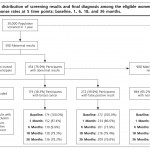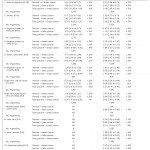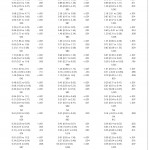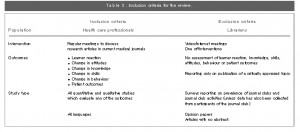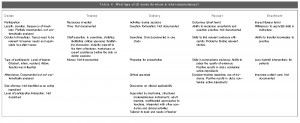-文献名-
About Your Family and Community. Robert B. Taylor. MEDICAL WISDOM AND DOCTORING. The Art of 21st Century Practice. Springer, 2010.p235-248
-要約-
The chapter began:
Your family can cause you more sadness than all the no-show, heart sink, and difficult patients you will encounter in lifetime. But there are two sides to the coin. Your family can also bring more joy than making a brilliant diagnosis, having a paper published in your favorite medical journal, or receiving a national award.・・・I will submit the thesis that this world is full of people and opportunities. Wise physicians pay keen attention to these factors of their life. Often-neglected life areas include full participation in marriage, family and community.
・Be a good life partner
・urture your closest relationships
If there is one key success in life partnerships, it is the process of nurturing the relationship. This means finding ways to communicate effectively, cultivating common interests, and -most of all- spending time together.
・・・but the physician faces some formidable challenges in the quest for a successful intimate relationships
*prolonged work hours, leading to fatigue, diminished family time
*smoldering hints of personal burnout, the result of heavy clinical obligations
And so on・・・
・Take good care of your family
・・・as you age, your family -especially your grandchildren – is your reward for being a good spouse an parent, and for taking good care of your family. Do what needs to be done now to earn this rewards later.
・Seek the right balance between work and family
・When home with family, be a person, not “the doctor” ☆☆☆
・Establish early habits of finding family time
I suggest you that you put “family time” on your schedule. After all we physicians tend to be both compulsive and time-oriented. ・・・Try not to be distracted by phone calls or your Blackberry.
・Spend time with your children
We physician can provide our families with more than our share of materials advantages, but gifts, tennis clubs, and private school tuition cannot substitute for spending time with them.
・Help your children learn to appreciate the value of hard work and independent thinking
・・・book titled The adventures of Dr.Huckleberry・・・I tell you this book, because I believe that this rural doctor, writing of his life, provides good insight honest labor and innovation.
・Teach your children to be charitable
・Consider involving your family -spouse and children‐in your work
・・・I often needed to make a trip to the hospital to the hospital on Saturday or Sunday morning to see my patients. Sometimes I took daughters along・・・Today, almost four decades later, my daughter fondly recall those times with their dad.
In that small town practice, my wife worked in the office and children often helped with cleaning rooms and stocked supplies.
・You will inevitably be involved in the case of your own family members
・Live in the community where your patients live☆☆☆
・・・Yet today, physicians and their patients often live in very different neighborhoods,・・・
Often, this separation is purposeful on the physicians part,・・・
I believe that physician’s life in richer and the quality of healthcare enhanced if doctor and
patients in the same community.・・・
・Serve your community
・・・the physician is one of the most educated person in town.・・・With this educational endowment come obligations. ・・・
While joining in activities with members of your community, it is perfectly Okay to have some of these persons as friends. Actually, I urge you to cultivate some friends outside of medicine, ・・・
Getting to know a few of these people as friends can only enrich your life.
・Wise words about your family and community
* Introduce 9 wise remarks about doctor’s family and community.
”When the family fails, there’s the community: when the community fails, there’s a family ”
開催日:平成25年6月12日
